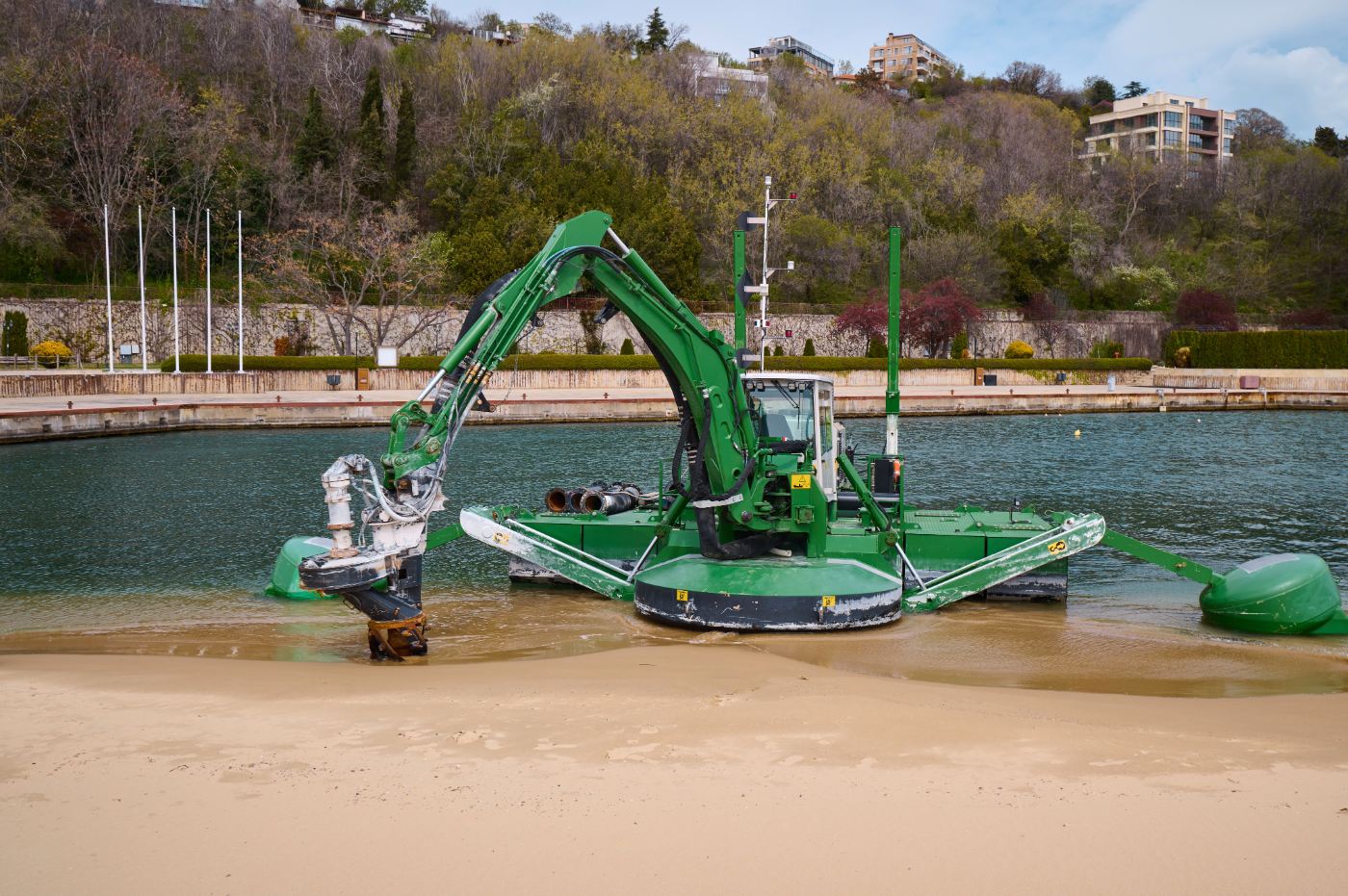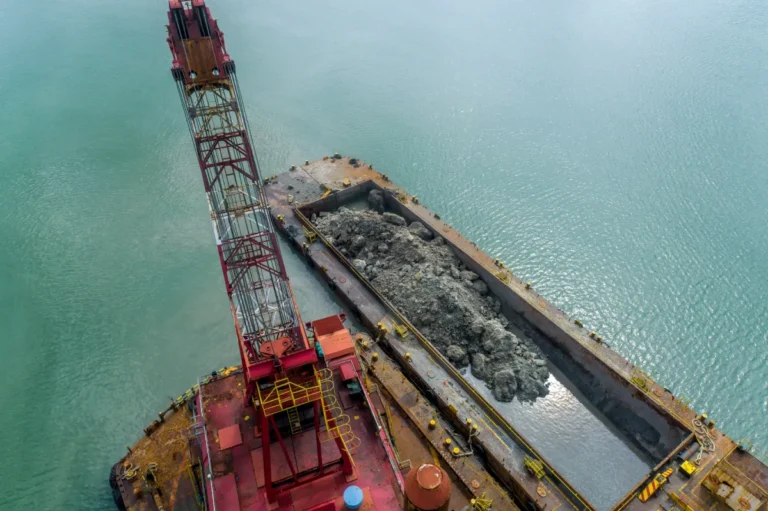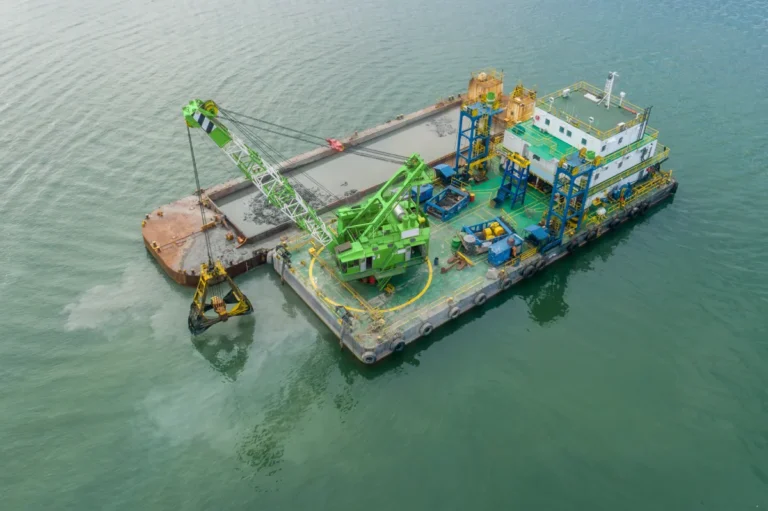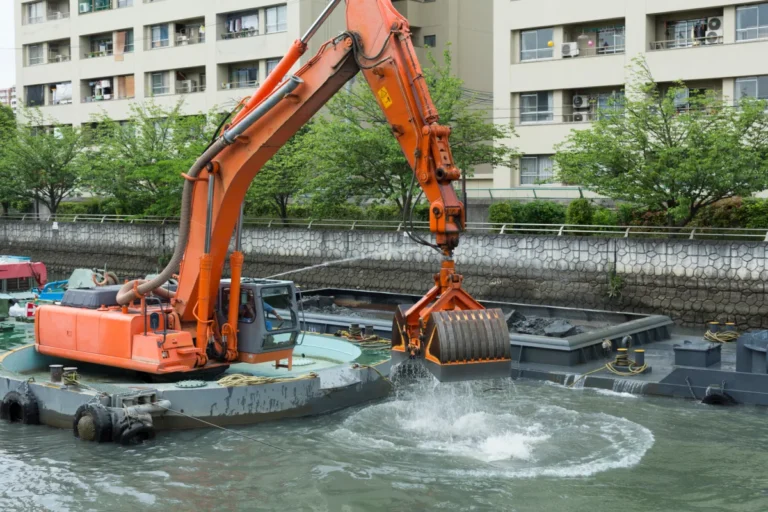Dredging has been an essential process for maintaining waterways for centuries, playing a crucial role in keeping ports, harbors, and rivers navigable. From clearing sediment to reclaiming land, dredging helps maintain vital aquatic infrastructure, supporting commerce, transportation, and environmental management.
The evolution of dredging machines reflects a remarkable journey from rudimentary manual tools to highly sophisticated, automated giants. Early methods were labor-intensive and limited in scope, but with the onset of industrialization, dredging transformed dramatically. Today, cutting-edge dredging machines—like hydraulic dredgers, sand dredging equipment, and the innovative dredge sled—showcase how technology continues to revolutionize this field.
This blog will trace the fascinating evolution of dredging machines, exploring how technological advances have improved efficiency, precision, and environmental responsibility. From simple manual techniques to the modern powerhouses of today, we’ll dive into the milestones that have shaped the industry.
Early Dredging Techniques: Manual Tools and Simple Methods
Primitive Dredging Techniques
In the earliest days of dredging, human labor and simple tools were the primary means of removing sediment and debris from waterways. Workers relied on basic implements such as shovels, hoes, and hand-made scoops to dig out mud, sand, and organic material from shallow areas. These manual methods were slow, labor-intensive, and could only handle limited volumes of sediment.
Early Dredging Vessels
As maritime trade expanded, the need for deeper and more navigable waterways led to the development of rudimentary dredging vessels. One of the earliest known devices was the “mud dredger,” a barge equipped with a manually operated scoop. Workers would lower the scoop into the water, drag it along the bottom to collect sediment, and then haul it back up. These early vessels were powered entirely by human or animal effort, making the process both time-consuming and physically demanding.
Challenges and Limitations
Manual dredging techniques were inherently inefficient. The process was not only labor-intensive but also limited by human endurance and the capacity of simple tools. As a result, dredging projects took weeks or even months to complete. Additionally, these methods were typically restricted to shallow water environments, as deeper dredging required more complex equipment and greater power.
The limitations of manual dredging became increasingly apparent as harbors and canals grew in size and importance, prompting the development of more mechanized approaches. This need for efficiency and power marked the beginning of significant innovations that would reshape dredging technology for centuries to come.
The Industrial Revolution: Mechanical Breakthroughs
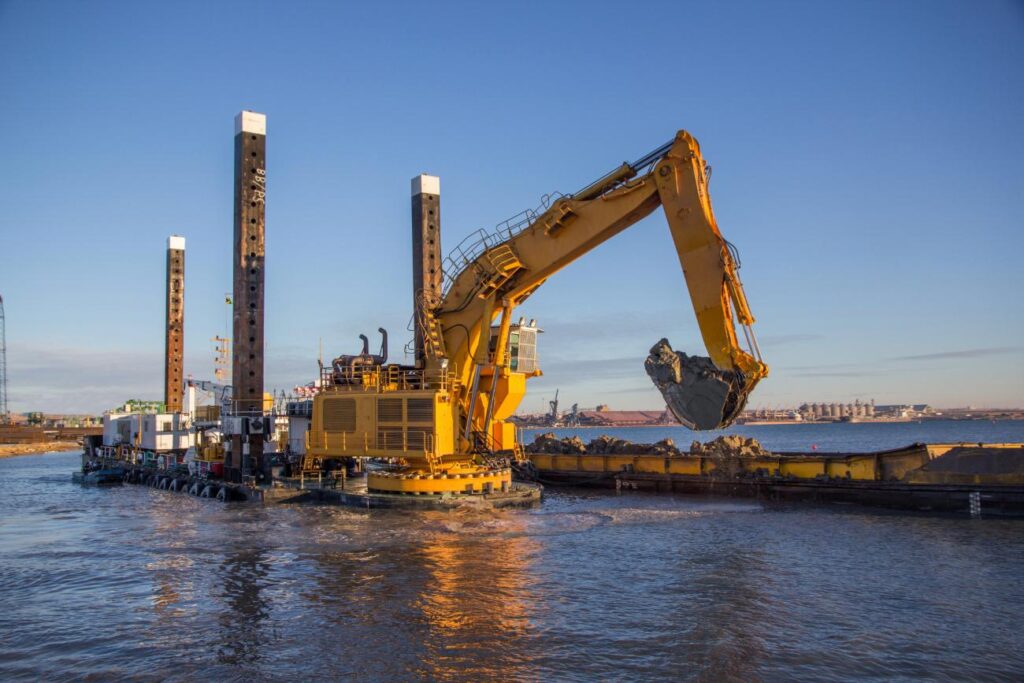
Steam-Powered Dredgers
The Industrial Revolution marked a turning point in dredging technology, introducing steam power as a game-changer. In the early 19th century, steam-powered dredgers began replacing manual labor with mechanical force, significantly increasing dredging capacity and efficiency. These machines used steam engines to drive rotating buckets, scoops, or suction pumps, allowing for continuous sediment removal.
One of the earliest examples was the bucket ladder dredger, which featured a continuous chain of buckets that dug into the riverbed and lifted sediment to the surface. This innovation not only accelerated the dredging process but also made it possible to work in deeper waters, previously inaccessible using manual methods.
Bucket Ladder Dredgers
Among the most iconic innovations of this period was the bucket ladder dredger. Its design consisted of a series of buckets attached to a rotating chain, creating a conveyor system that scooped sediment from the waterbed and deposited it onto a barge or shore. This continuous cycle minimized downtime, making the bucket ladder dredger highly efficient for harbor deepening and canal maintenance.
The increased output and consistency of steam-powered bucket dredgers revolutionized how ports were maintained, making it feasible to clear larger volumes of sediment in significantly less time.
Impact on Harbor and Canal Construction
The introduction of mechanical dredgers was pivotal for major infrastructure projects in the 19th and early 20th centuries. Notable examples include the deepening of major ports and the excavation of shipping canals, such as the Suez and Panama Canals. These projects demanded large-scale sediment removal that would have been impossible with manual techniques.
By making it feasible to maintain deeper and wider waterways, steam-powered dredgers contributed to the expansion of global trade routes and the modernization of maritime logistics. The efficiency of these machines set the stage for future innovations, as engineers continued to seek ways to improve capacity, precision, and power in dredging operations.
Modern Dredging Machines: Precision and Power
Hydraulic Dredging
The 20th century saw a major leap forward in dredging technology with the development of hydraulic dredgers. Unlike mechanical dredgers, which physically scoop sediment, hydraulic dredgers use suction to transport material through pipelines. These machines, such as cutter suction dredgers (CSDs) and trailing suction hopper dredgers (TSHDs), can efficiently move vast amounts of sediment, making them ideal for large-scale projects like harbor deepening and land reclamation.
Key Advantages:
- Continuous operation, reducing project timelines.
- Ability to pump dredged material directly to disposal sites.
- Effective for fine sediments like sand, silt, and clay.
Hydraulic dredgers have become the backbone of modern dredging operations, especially in environments requiring large-volume sediment removal.
Mechanical Dredging
While hydraulic dredgers excel at moving loose material, mechanical dredgers remain indispensable for projects involving hard, compacted sediments or precise excavation. These machines include clamshell dredgers, backhoes, and draglines, each suited to different tasks:
- Clamshell Dredgers: Use a bucket operated by a crane to scoop and lift sediment, ideal for harbor and channel maintenance.
- Backhoe Dredgers: Feature a backhoe arm mounted on a barge, effective in shallow waters and confined spaces.
- Dragline Dredgers: Equipped with a long boom and dragline bucket, perfect for large-scale excavation in open areas.
Mechanical dredgers provide superior precision, making them invaluable for projects where targeted sediment removal is necessary, such as around docks, bridges, or pipelines.
Specialized Equipment: Sand Dredging and Dredge Sleds
Modern dredging operations often require specialized equipment tailored to specific environments and sediment types.
Sand Dredging Equipment:
Sand dredging is essential for beach nourishment, mining, and coastal protection. Machines like the cutter suction dredger are specifically designed to handle sandy substrates, efficiently pumping sand to onshore or offshore locations. The ability to process sand directly makes these dredgers highly efficient in combating coastal erosion.
Dredge Sled:
For maintaining smaller waterways, marinas, and ponds, dredge sleds are an innovative solution. These compact, sled-shaped devices are towed along the waterbed, scraping and collecting sediment as they move. Their low profile and simple design make them perfect for shallow environments where larger machines would be impractical.
Advantages of Modern Dredging Machines
Today’s dredging machines are not only more powerful but also significantly more precise than their predecessors. The integration of GPS, sonar, and automated control systems allows operators to dredge with pinpoint accuracy while minimizing environmental impact. As a result, modern dredgers can handle both large-scale industrial tasks and delicate ecosystem maintenance with equal efficiency.
The combination of hydraulic and mechanical technologies ensures that dredging can be adapted to various conditions, whether moving loose sand from a beach or cutting through compacted clay in a harbor. This versatility underlines the continued evolution of dredging machinery, driven by the need for greater efficiency and precision.
Technological Innovations: Automation and Efficiency

GPS and Sonar Integration
Modern dredging machines are equipped with advanced GPS and sonar systems, revolutionizing the precision of dredging operations. These technologies enable operators to monitor the dredging site in real time, ensuring accurate removal of sediment to the desired depth and location.
- GPS Guidance: Allows for precise positioning of the dredger, minimizing over-dredging and reducing environmental disruption.
- Sonar Mapping: Creates detailed bathymetric maps of the seabed, guiding dredging efforts to target only necessary areas.
By integrating these systems, operators can achieve meticulous sediment removal while maintaining consistent project quality, even in challenging underwater environments.
Remote-Controlled Dredgers
In recent years, remote-controlled and semi-autonomous dredgers have become more common, offering enhanced safety and efficiency. These machines can be operated from a control room, reducing human exposure to harsh marine conditions.
- Enhanced Safety: Minimizes risks for operators, especially in hazardous areas.
- Improved Efficiency: Automation reduces human error, ensuring consistent dredging performance.
- Data Integration: Real-time data from sensors allows for rapid adjustments during operations.
By leveraging remote control and automation, dredging companies can reduce downtime and operational costs while maintaining high standards of safety.
Sustainability Upgrades
Environmental concerns have led to the development of eco-friendly dredging machines that minimize carbon emissions and reduce water pollution.
- Low-Emission Engines: Modern dredgers are equipped with energy-efficient diesel-electric hybrid systems, significantly cutting fuel consumption.
- Eco-Friendly Lubricants: Biodegradable hydraulic fluids reduce the risk of water contamination.
- Turbidity Control: Advanced monitoring systems automatically adjust dredging intensity to minimize sediment plumes.
These sustainability-focused innovations align with stricter environmental regulations, helping companies maintain compliance while protecting aquatic ecosystems.
The Future of Efficiency: AI and Predictive Maintenance
To further enhance operational reliability, AI-driven maintenance systems are being integrated into modern dredgers. Predictive algorithms analyze real-time data from onboard sensors to forecast potential mechanical failures before they occur.
- Reduced Downtime: Early detection of component wear allows for proactive maintenance.
- Optimized Dredging Cycles: AI adjusts machine parameters to maximize efficiency based on sediment type and project requirements.
- Cost Savings: By preventing breakdowns, companies reduce repair costs and project delays.
The incorporation of AI and automation into dredging not only boosts productivity but also represents a significant leap towards fully autonomous dredging systems in the future.
Modern dredging machines exemplify how technological advancements continue to transform the industry. By integrating GPS, automation, and sustainable practices, operators can achieve unprecedented accuracy and efficiency, paving the way for safer and more environmentally friendly dredging projects.
Future of Dredging Machines: What’s Next?
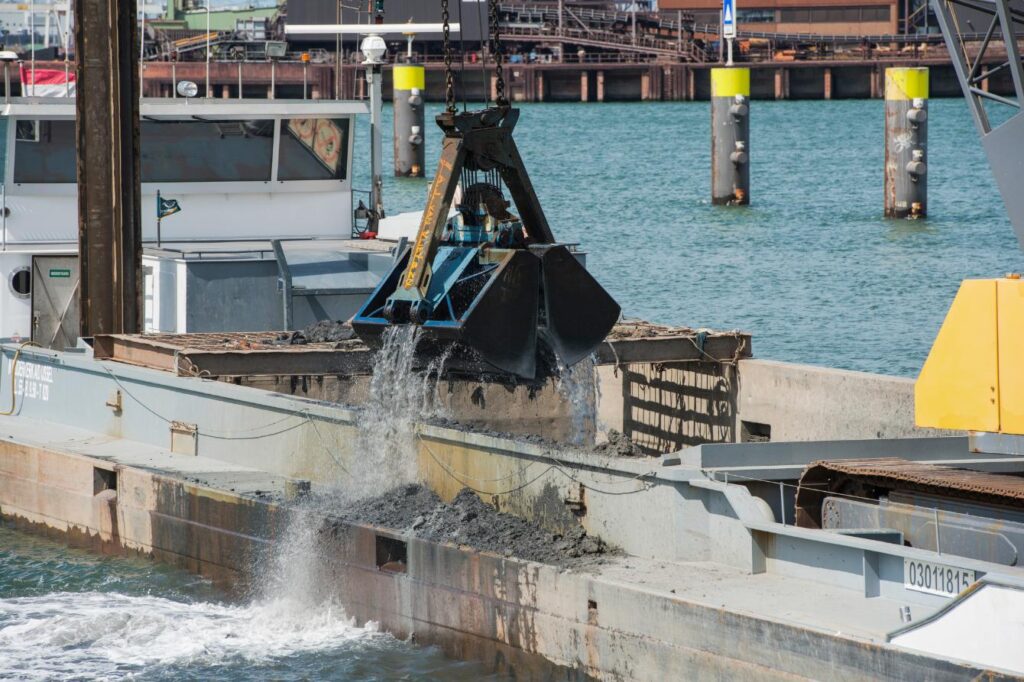
AI and Autonomous Dredgers
The next frontier in dredging technology is the development of fully autonomous dredging machines. Integrating artificial intelligence (AI) with autonomous navigation systems will enable dredgers to operate independently, continuously optimizing their performance based on real-time data.
- Self-Operating Systems: Autonomous dredgers will be able to plan and execute dredging tasks without human intervention, following pre-programmed routes and adjusting to environmental changes.
- AI-Driven Efficiency: Machine learning algorithms will analyze sediment composition, water conditions, and operational data to optimize dredging speed, depth, and sediment transport.
- Reduced Human Error: By minimizing direct human control, these machines will improve safety and consistency, especially in challenging environments like deep-sea or polluted waters.
The implementation of autonomous dredgers will not only streamline operations but also significantly reduce labor costs, setting a new standard for the dredging industry.
Eco-Conscious Innovations
As environmental regulations become increasingly stringent, the demand for sustainable dredging solutions is on the rise. Future dredging machines will focus on minimizing ecological impact while maintaining operational efficiency.
- Low-Impact Dredging Heads: New designs will minimize sediment resuspension, reducing turbidity and protecting aquatic habitats.
- Hybrid Power Systems: Combining electric, solar, and biofuel engines will reduce carbon emissions, making dredging more environmentally sustainable.
- Integrated Monitoring Systems: Real-time environmental impact monitoring will ensure that projects remain compliant with local and international regulations.
By adopting these eco-friendly innovations, the dredging industry can reduce its environmental footprint while maintaining vital waterway infrastructure.
Improving Dredge Sleds: Multi-Functional Designs
Dredge sleds, known for their simplicity and effectiveness in shallow water, are also poised for technological enhancement. Future models will incorporate modular attachments and increased maneuverability to serve a wider range of applications.
- Modular Tooling: Attachments like sediment collectors, weed cutters, and silt barriers will make sleds versatile for both dredging and maintenance.
- Improved Mobility: Enhanced propulsion systems will allow sleds to navigate complex, narrow waterways more efficiently.
- Remote Operation: Adding remote control functionality will improve safety and precision, particularly in hazardous or sensitive areas.
With these improvements, dredge sleds will become an essential tool for small-scale dredging projects, combining affordability with advanced functionality.
Revolutionizing Maintenance: Predictive and Adaptive Systems
Future dredging machines will not just work more efficiently but will also take care of themselves through adaptive maintenance protocols.
- Self-Monitoring Components: Sensors will constantly assess the condition of critical parts, predicting wear before failures occur.
- Automated Maintenance Scheduling: AI algorithms will plan maintenance intervals based on usage patterns and real-time data, reducing unexpected downtime.
- Smart Material Selection: Innovations in wear-resistant materials will extend the lifespan of cutting edges, buckets, and hydraulic components.
By making maintenance proactive rather than reactive, dredging companies can enhance equipment longevity and reduce operational disruptions.
The future of dredging machines is set to be driven by AI, sustainability, and multi-functional design. As the industry evolves, integrating intelligent systems with eco-conscious engineering will ensure that modern dredging not only meets the needs of infrastructure maintenance but also aligns with global environmental goals.
Conclusion
The evolution of dredging machines reflects a fascinating journey from simple manual tools to the powerful, highly automated giants we see today. From the labor-intensive techniques of the past to the steam-powered innovations of the Industrial Revolution and the precision of modern hydraulic and mechanical dredgers, each advancement has transformed how waterways are maintained and developed.
Looking to the future, the integration of AI, autonomous control, and sustainable practices promises to make dredging even more efficient and environmentally responsible. As technology continues to advance, dredging machines will not only enhance operational efficiency but also contribute to minimizing ecological impacts, setting a new standard for waterway management worldwide.
